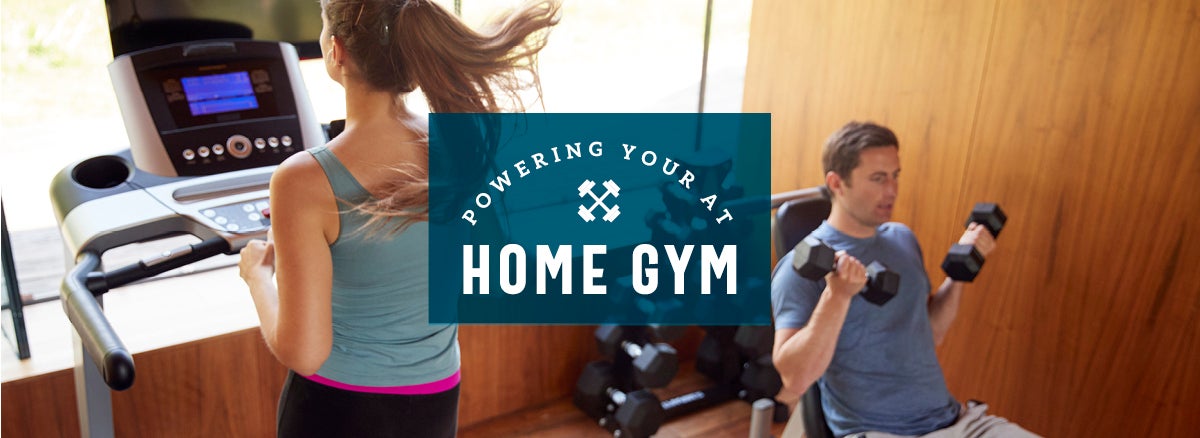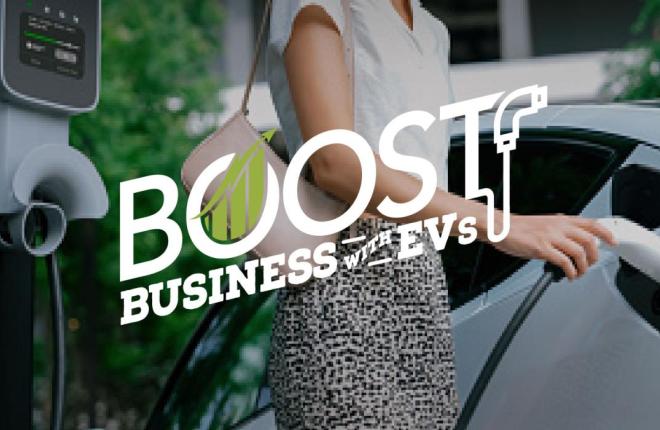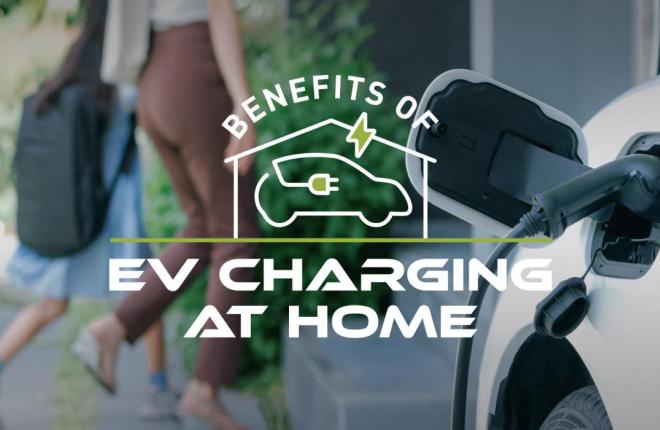
07/23/2020
Safely Power Your Home Workouts with These Tips
Spending more time at home may have you thinking about ways that you can better use your space while staying active. Dedicating an area to a home gym is one way to get the most out of an unused garage, basement or room. Taking some basic electrical safety precautions can keep your equipment up to speed for leg day, arm day and all the activity in between.
Regardless of how you’re getting your exercise, how you set up your space can have a big impact on how safe it is. Take some time before you set up to consider these aspects of your home gym.
Home Gym Storage Ideas
Between stretch bands, yoga mats, kettlebells and free weights, there can be a lot of clutter in a home gym, and a lot of stuff to trip over. And that’s even before you add in big equipment like a treadmill or stationary bike. Start with an organized area with plenty of storage to keep things out of the way.
If you’re setting up in a garage, use shelving or peg boards. Plastic storage totes can keep littler items off the floor and dry.
A workout space in a room in your home may need a more decorative touch to coexist with an office, guest room or larger living area. Keep accessories and weights out of sight in a closet (in those plastic storage totes, even). There are many furniture options like benches, ottomans or smaller tables with hidden storage for organization.
You can also repurpose bookshelves, dressers or coat racks that are already in your home to store your workout gear
Tips for a Safe Home Gym
Once you know where you’re going to put everything, you can further evaluate the room where you’ll be spending your gym time. Here are some important safety tips to follow:
Make sure you have enough light to see what you’re doing. Pumping iron or a brisk treadmill jog in a dark room can make injuries happen more easily.
Proper flooring like rubber mats can help stabilize machines when you’re going all out. Stable footing for weight lifting or interval training is important to workout safely, as well. Mats can also reduce noise from your treadmill or dumbbell drops.
Keep plenty of towels nearby for promptly wiping up sweat and spilled water, these liquids can lead to creating slippery surfaces that can pose slipping and falling injuries.
Take care to cover any exposed insulation, and make sure your workout room is properly ventilated. We have you covered for options to keep a room cool without central air conditioning.
If you’re bringing in a lot of equipment or really heavy weights to an upstairs room, double check the bracing on your floors. Deadlifts that make you fall through the ceiling aren’t good for your health or your home.
You can also replicate a gym environment by installing a TV or sound system. With so many workouts and instructors on YouTube, you can have the feel of a class at home. Use chalkboard or whiteboard paint on a wall to keep track of your activities and to write inspiration or encouragement!
The more equipment you bring into your home gym, the more important it is to make sure all of your electricity needs are safely covered.
Electric Safety for Home Gyms
Now that you have your space planned out, organized and you’re ready to get plugged in, these tips will keep it all powered safely.
If you’re setting up in an unfinished garage, basement or outdoor area, make sure your outlets have a ground fault circuit interrupter. These outlets detect any irregularities, like water in the circuitry, and cut electricity to prevent shocks.
Make certain your home electrical wiring and capacity will handle any new exercise appliances you plan on plugging in. An older home may not be adequately wired for the energy consumption of our modern equipment, so it’s good practice to verify first. An electrical circuit that isn’t prepared to handle your workout can pose a danger of fire or shock. If any wiring needs replaced or upgraded, don’t try to do it yourself; call an electrician.
Double check the condition of cords and plugs before using them. Whether it’s a brand new spin bike or that treadmill from years ago that ended up in storage, cords can fray, be cut or damaged in another way so it’s best to visually inspect them.
If you’re using extension cords as a temporary stopgap measure – which is the only safe way to use them – make sure you’re using the correct type of cord. Any extension cord used outside should be one specially made for the elements. Never try to plug a three-prong plug into a two-prong outlet, either.
Prevent trips and falls, and potentially ripping a cord out of the wall or equipment, by placing a cover over any cords on the ground. This could just be using duck tape, or you can purchase a special rubber cord cover.
We’ve said it before and we’ll say it again: Water and electricity do not mix. Water bottles can spill, and you may be sweaty from working out, so be aware of damp conditions before you grab cords, touch circuit breakers, other wiring, or any standing water around your electrical equipment.
Once you’re all safely set up, your workouts can be done at home – no excuses.
Have questions about your electricity? Please contact the experts at your local electric cooperative or public power district to learn more.
Electrify and Save™
--
About Tri-State
Tri-State is a power supply cooperative, operating on a not-for-profit basis, serving electric distribution cooperatives and public power district member-owners in four states. Together with our members, we deliver reliable, affordable and responsible power to more than a million electricity consumers across nearly 200,000 square miles of the West. Visit www.tristate.coop.
Blog Posts

Protecting Your Home Year-Round from Wildfires

Summer Backpacking: Solar Power, Energy Efficiency, and the Best States to Visit

Beat the Chill: Effective Insulation Strategies for Winter Comfort

Energy Efficient Heating Options for Rural Communities in the West

Energy Efficient Tips for Outdoor Fall Entertaining

Boost Your Business with EV Charging

The Benefits of Having Your Own EV Charger at Home

Geothermal Heat Pumps: Harnessing Earth's Energy for Your Business

